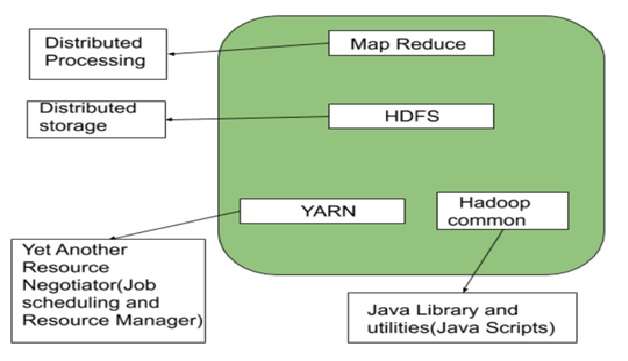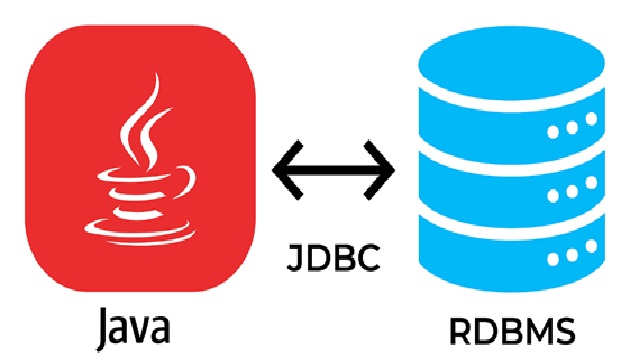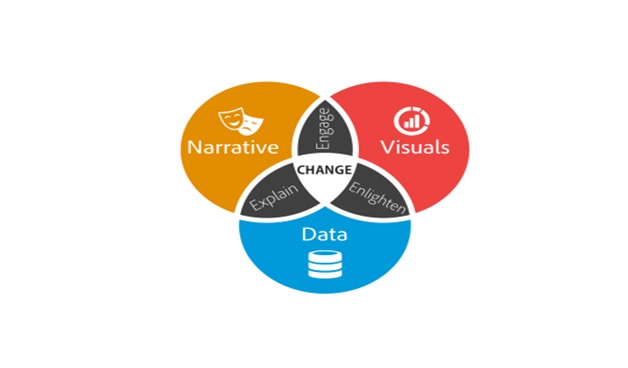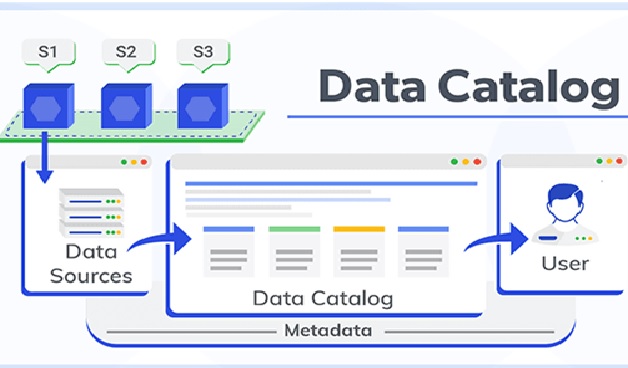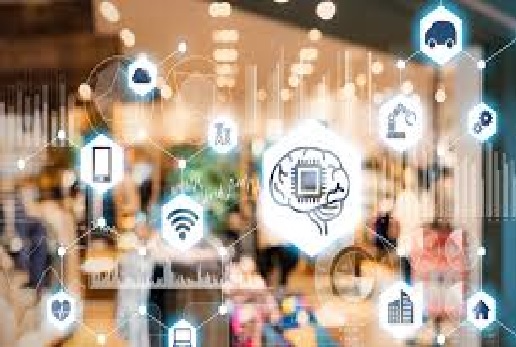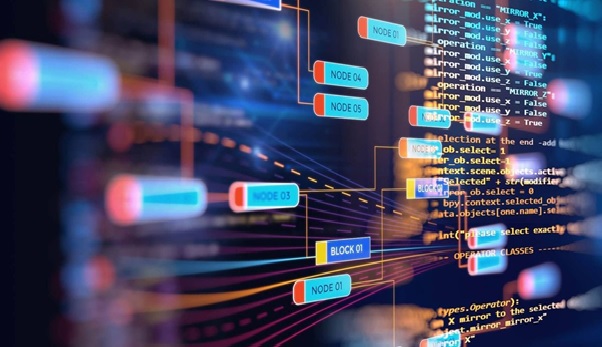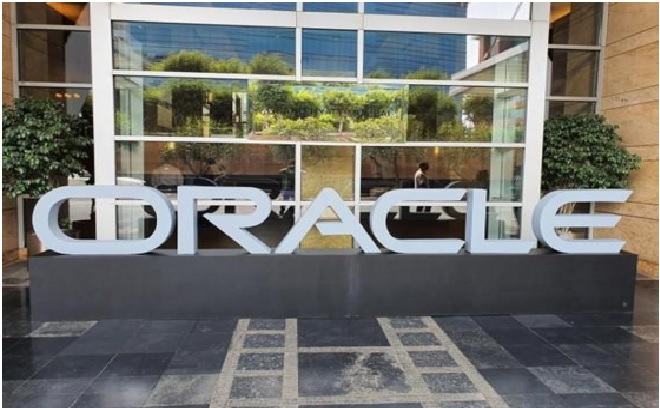Why Is Blockchain The Next Big Thing For Data Science?
Blockchain is the next big thing for data science
Innovative technologies such as big data and blockchain are being hailed as the next big things that will change the way businesses operate. Majority of us believe that these technologies are totally exclusive, with each having its own route of being employed independently. While data science focuses on using data for efficient administration, blockchain’s distributed ledger protects the data protection. These technologies offer a lot of untapped promise in terms of improving efficiency and productivity.[1]
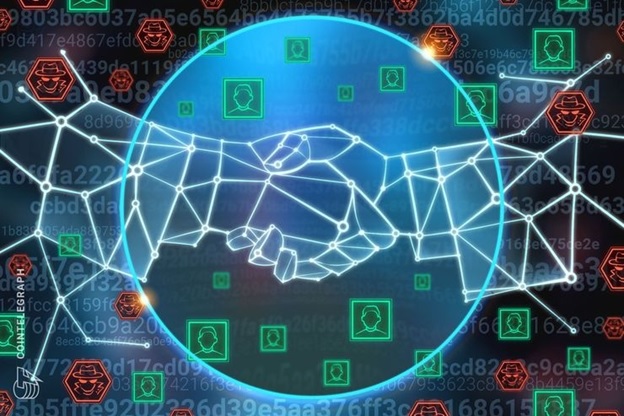
Figure. 1. Block chain in data science
The relationship between Blockchain and Data Science
Unlike in areas like Fintech, healthcare and supply chain where blockchain is now very familiar, the technology has not been explored extensively in aspects of data science. To some, the relationship between the concepts are unclear if not non-existent. For starters, both blockchain and data science deals with data — data science analyses data for actionable insights, while blockchain records and validates data. Both make use of algorithms created to govern interactions with various data segments. A common theme which you will soon notice is this, “data science for prediction; blockchain for data integrity.”[2]
How blockchain will enhance data science
- Enables Data Traceability
- Makes Real-Time Analysis Possible
- Guarantees Data Quality
- Makes Data Sharing Easier
- Ensures Trust
- Improves Data Integrity
Blockchain facilitates peer to peer relationships. For example, if a published account does not explain any methodology properly, any peer can review the entire process and identify how the results were obtained. With the ledger’s transparent channels, anyone can come to know which data is reliable to use, how to store it, how to update it, where it comes from, and regarding its proper usage. To summarise, blockchain technology will enable users to trace data from the point of entry to exit.
Data analysis in real time is very difficult. Being able to monitor changes in real time is considered the most proficient way of identifying fraudsters. However, for a long time real-time analysis was not possible. Today, thanks to Blockchain’s distributed nature, companies are able to detect any anomalies in the database from the start. The ability to see changes in data in real time is a feature that is present in spreadsheets. Just like that blockchain also enables two or more people to work on the same kind of information at the same time
The information in Blockchain’s digital ledger is stored in different nodes, including both private and public. Before it is added to other blocks, the information is cross-checked and analysed at the entry point itself. This process taken in itself is a way to verify the data.
There are a lot of advantages for the organisations when there is a smooth and easy flow of data. It is very difficult with paper records. This difficulty is compounded even more when the data in it is required elsewhere. It is true that these files will reach the other department, but it might take a long time and might also face the risk of getting lost during the transit.
As you must be aware, biases are often an issue when there is a single authority. Placing too much trust in a single person can prove hazardous. There are many companies that does not allow any third party access to their data because of trust issues. This causes information sharing to be literally impossible. With blockchain technology, the issue of trust does not come in the way of information sharing. Organisations are able to collaborate effectively by sharing the information they have at their disposal.
In the previous decade, the main focus of organisations was on improving the data storage capacity. Towards the end of 2017, that was resolved. Now, the new concern that most organisations have pertains to protecting and verifying the integrity of the data. The main reason for this is because organisations harvest data from different centres. The data that is pulled even from government offices or internally produced can be prone to errors. Additionally, other sources of data such as social media can also prove to be inaccurate.[3]
References:
- https://www.analyticsinsight.net/why-is-blockchain-the-next-big-thing-for-data-science/#:~:text=Data%20science%20focuses%20on%20generating,interactions%20with%20various%20data%20segments.
- https://towardsdatascience.com/how-blockchain-will-disrupt-data-science-5-blockchain-use-cases-in-big-data-e2e254e3e0ab
- https://www.itproportal.com/features/implications-of-blockchain-in-data-science/
Cite this article:
Nithyasri S (2022), Why Is Blockchain The Next Big Thing For Data Science?,AnaTechMaz, pp. 38


